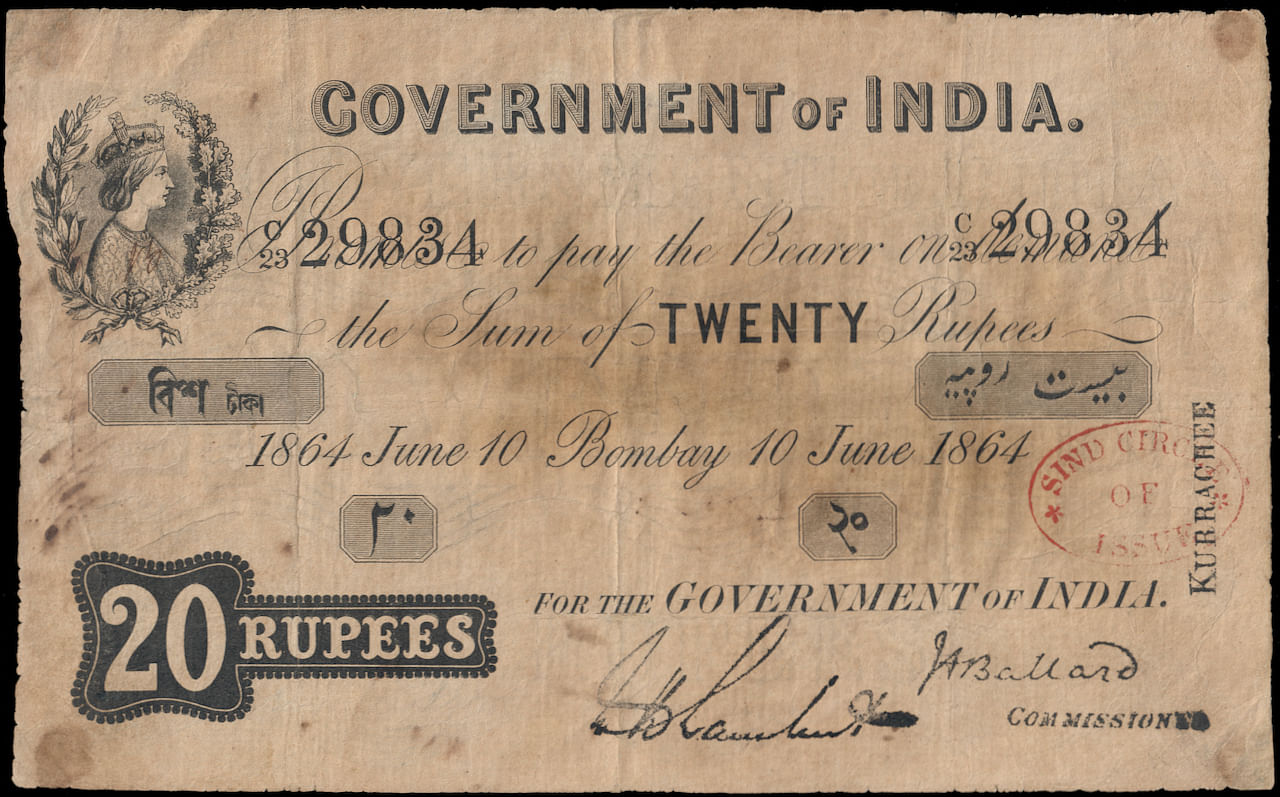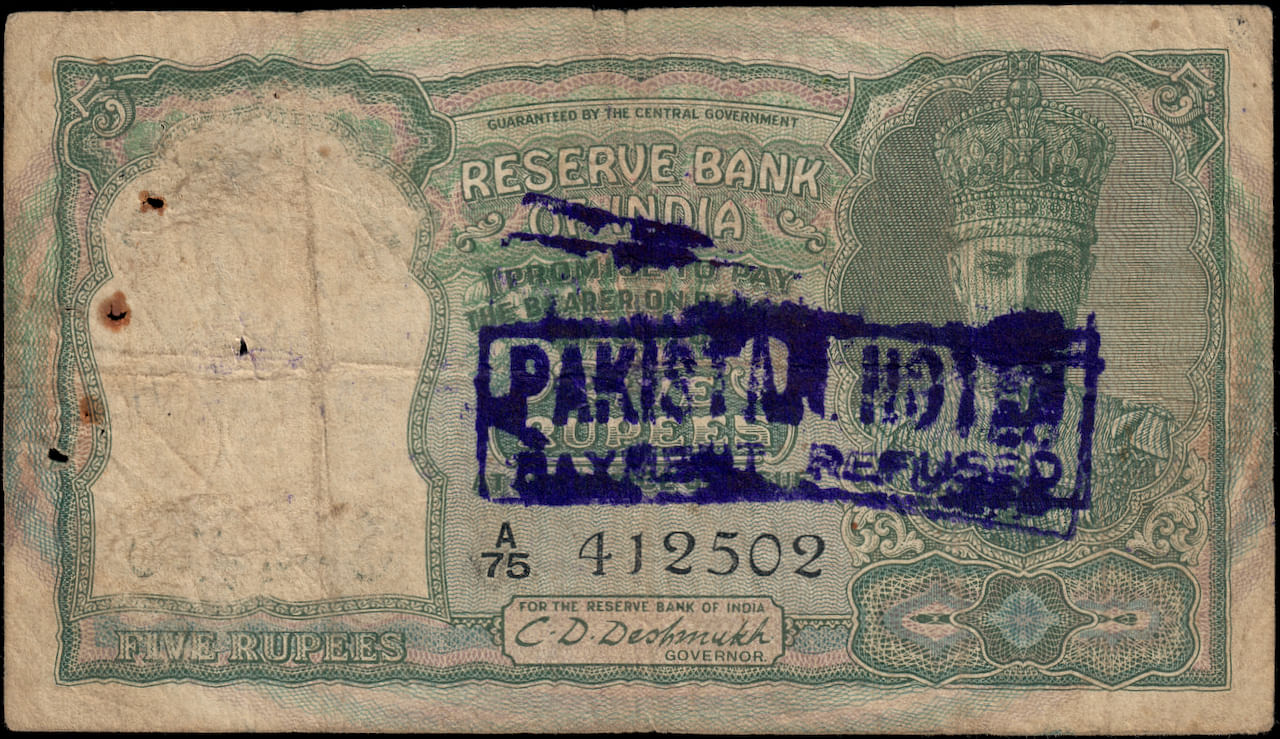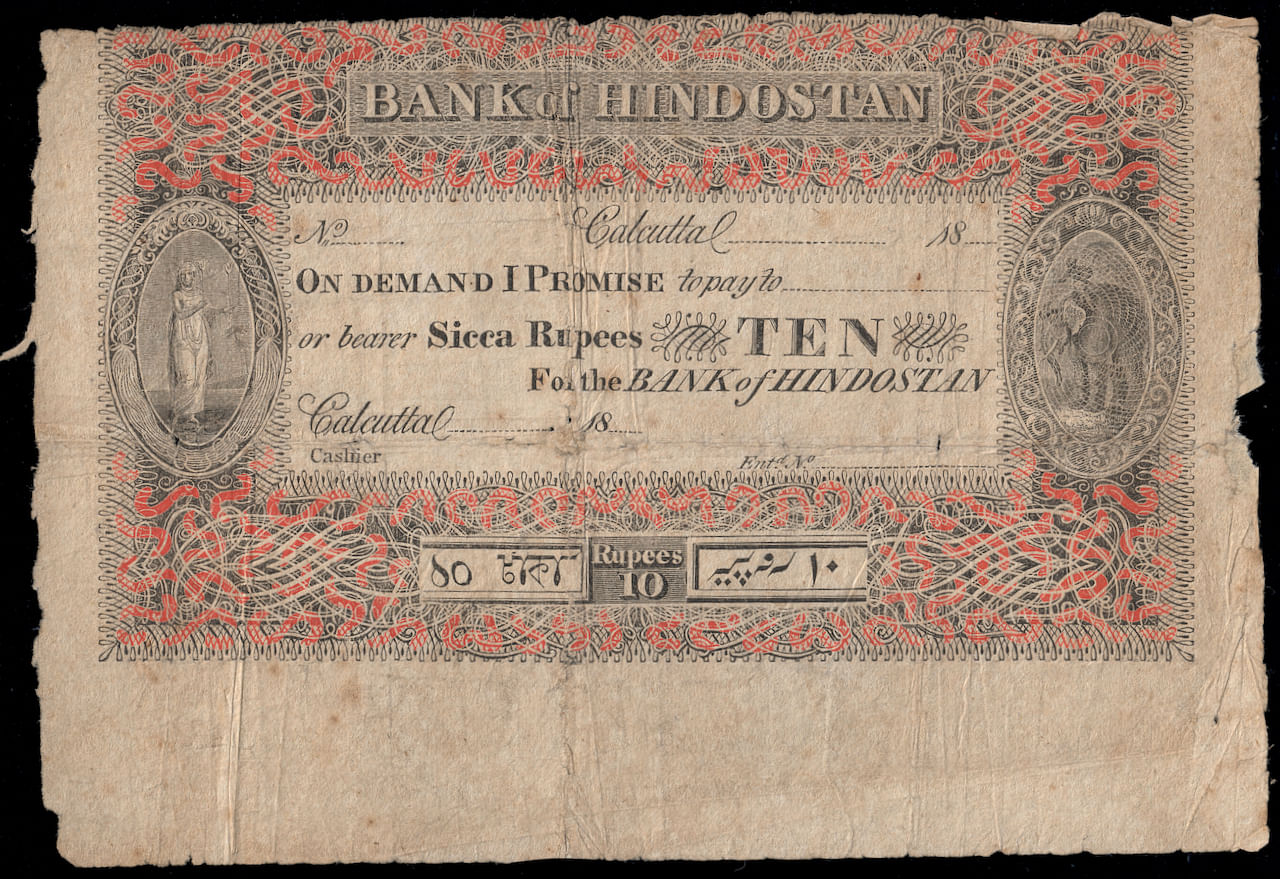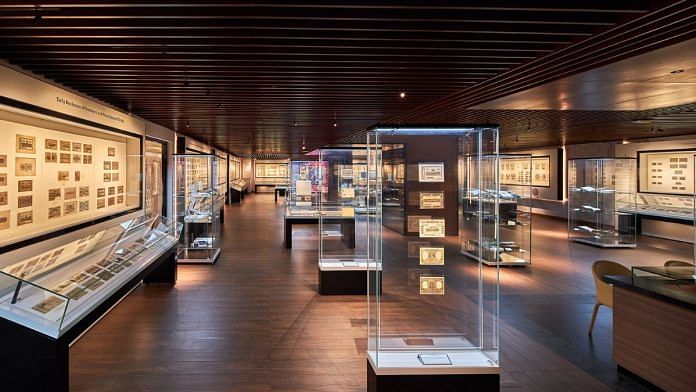Money talks and at Bengaluru’s Indian paper currency museum, it tells a story of kingdoms long gone and nations divided. The currency notes have been painstakingly collected for over 50 years by businessman Rezwan Razack, the co-founder and joint managing director of the Prestige Group, a real estate company.
Razack has converted the fruit of his life-long obsession—which has now made him one of the world’s largest collectors of Indian paper currency notes—into a private museum for the public. Two years ago, he unveiled South India’s first currency museum, ‘Rezwan Razack’s Museum of Indian Paper Money.’
The museum, which resembles a luxury showroom, houses the wealth of the nation—currency notes of all shapes, sizes and colours. Some of the notes on display are from the ‘Bank of Hindostan’, ‘Bank of Madras’, ‘Bank of Bengal in Lahore’ and other pre-colonial era institutions. But the around 700 unique notes represent just 6 to 7 per cent of his collection.

Payment refused
Rezwan Razack was 12 years old when he first stumbled on a box of currency notes in his grandfather’s safe. It was a note from the Reserve Bank of India (RBI) with ‘Pakistan, note payment refused’ written on it. He did not know anyone who had the answers and the internet was still a couple of decades away.

“Pakistan and India had the same currency, and when Partition happened, they (Pakistan) did not have their money. So, they overprinted notes with the Government of Pakistan in English and Hukumat-E-Pakistan in Urdu. They (Pakistan) began their life with this money,” Razack explains over a phone call.
Refugees who came from Pakistan to India carried these notes with them hoping that it would help them start a new life. But on arrival, they learned that most of this currency was not legal tender in India.
The bankers then stamped the notes to ensure that they did not go back into circulation. Though the notes were demonetised, one of them set Razack on a life-long quest.
It’s rare for the Razack museum to be crowded, but it does attract the occasional curious visitor.
“It’s a vast collection, very well curated. I didn’t expect to find the history and evolution of paper currency so interesting, but it’s a testament to the curation that I walked away feeling thoroughly fascinated,” says Atulaa Krishnamurthy, a technology lawyer.
Razack says that he still has the “khujli” or itch to collect more notes. For the past 15 years, he often devotes a few hours every day tracking down forgotten notes for his collection.
Also read: 2020 was a do-over or die moment for museums. But there’s a new divide now
Half a note
The museum is located inside a commercial building on Brunton Road in Bengaluru’s commercial district, which is also the head office of the Prestige Group.
At the entrance, a showcase displays the ‘evolution of Indian money’ with cowrie shells found in oceans, which were in use in 1500 BC. One then moves towards ‘punch-mark coins’ from the eras of Mahājanapadas, Keshavas, Guptas and Mughals. They’re followed by currency used during British rule, and finally, there is digital currency that is just a smartphone on display.
The walls have displays of early bank notes from the Presidencies and private banks between 1770-1861.

The notes are sometimes accompanied by anecdotes and vignettes. One note on the wall of the museum reads: “For security reasons notes were cut in half and one half was sent by post and on acknowledgment of receipt, the second half was also sent by post. The two were then joined together and remitted for encashment.”
Rupees two annas eight
The demonetisation of 2016 was not the first in Indian history. In 1946, currency notes of Rs 1,000 and Rs 10,000 were removed from circulation. Today, they have a place in Razack’s museum.
Until 1929, most of India’s currency was printed outside the country by the Bank of England. The establishment of a Currency Note Press in Nashik in 1928 ushered in a new chapter in India’s currency printing history, though, at the time, the notes still bore the face of King George V.
But a newly Independent India forged its own designs with the inclusion of elephants, bucks, and then the tiger.
“Symbols for independent India had to be chosen. At the outset, it was felt that the King’s portrait should be replaced by a portrait of Mahatma Gandhi. Designs were prepared to that effect. In the final analysis, the consensus moved to the choice of the Lion Capital at Sarnath in lieu of the Gandhi Portrait,” according to information from the RBI museum website.
Also read: I ate the non-vegetarian Harappan meal and had no beef with it
There is one note of ‘Rupees two annas eight,’ which was withdrawn from circulation as it was not a popular denomination, indicating the experiments undertaken in those times.
Though most of these anecdotes and historical records are explained on several boards placed along the walls, the caretakers of the museum are just as knowledgeable.
So vast is Razack’s collection that he has put up notes carrying the birthdays of Indian prime ministers in serialised form. “We can do this with the Presidents of India as well,” the caretaker tells a senior citizen visiting the facility.
There is a partially torn note that was retrieved from SS Camberwell ship near the Isle of Wight in 1917 en route from London to India and one from the 1983 James Bond movie, Octopussy, that stars Kabir Bedi.
An entire wall displays the latest currency notes that are in use today from the slush-brown Rs 10 to bright yellow Rs 20, and Fuschia pink-coloured Rs 2,000, which really serves as a reminder of how special old paper currency truly was.
(Edited by Ratan Priya)






